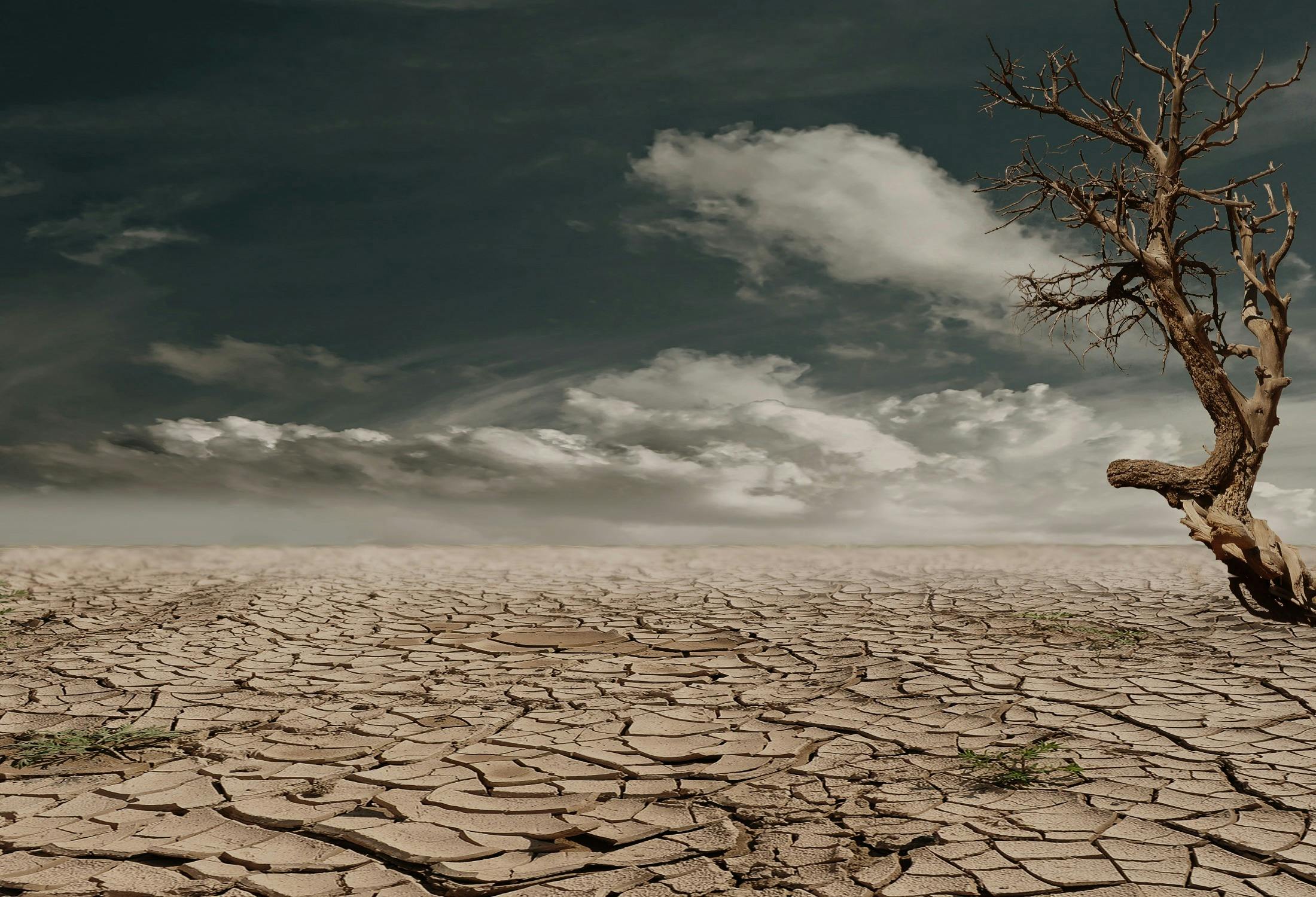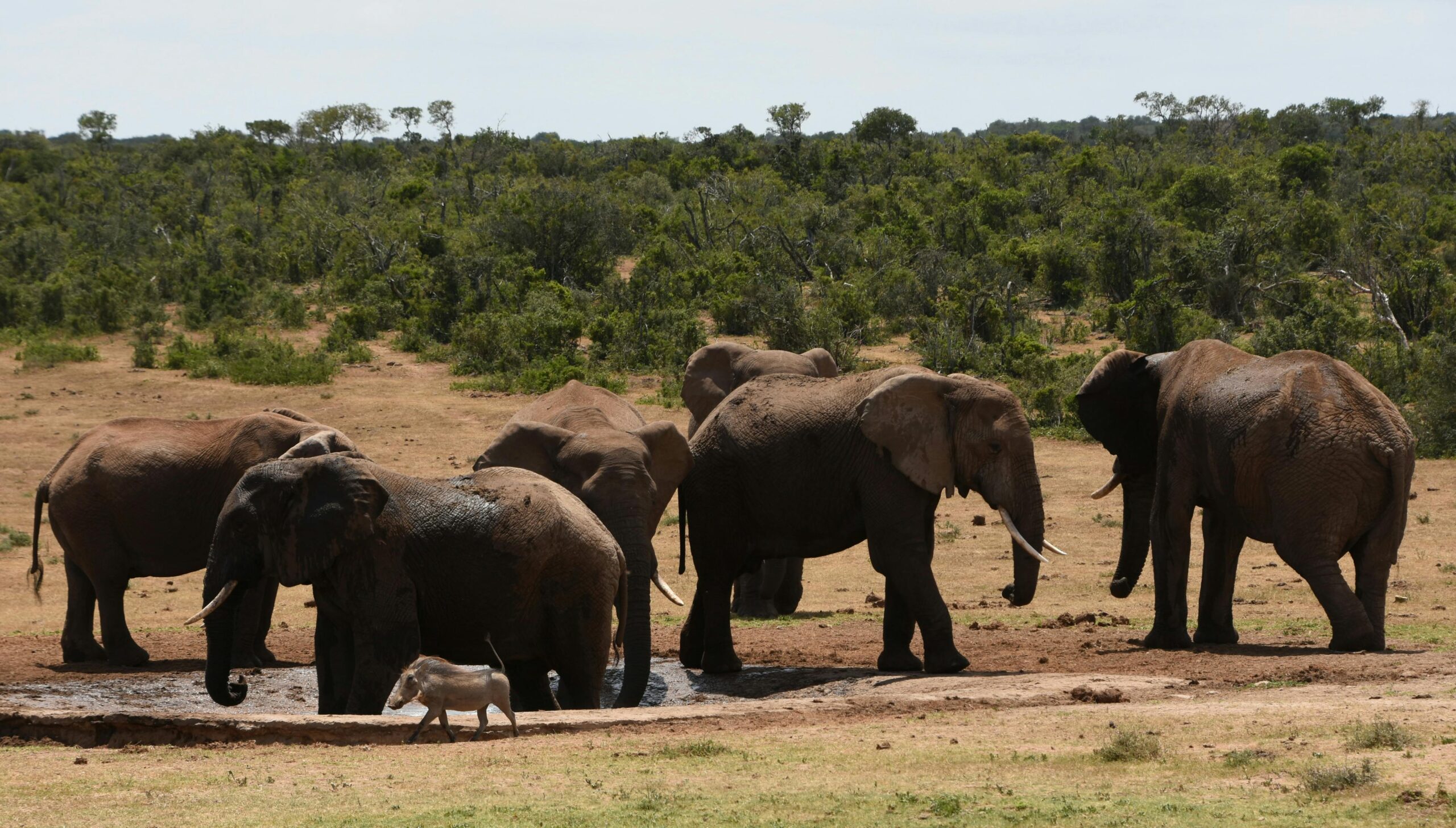Arid regions, characterized by low moisture availability and extreme temperature fluctuations, play a crucial role in global carbon dynamics. Understanding how temperature and precipitation affect carbon storage and flux in these areas is essential for predicting climate change impacts and formulating effective land management strategies. This article explores the complex interactions between climate variables and carbon dynamics in arid environments.
1. The Role of Temperature
Temperature significantly influences biological processes in arid ecosystems, affecting both carbon uptake through photosynthesis and carbon release via respiration. In these regions, higher temperatures can lead to increased rates of plant growth during favorable conditions, potentially enhancing carbon sequestration. However, elevated temperatures can also accelerate respiration rates in plants and soil microbes, leading to greater carbon emissions.
Research indicates that the response of carbon dynamics to temperature is nonlinear, often resulting in a net loss of carbon from soils under prolonged high-temperature conditions. A study published in Nature Climate Change demonstrated that as temperatures rise, the decomposition rates of organic matter increase, leading to significant carbon losses in arid soils The Influence of Precipitation
Precipitation patterns are equally important in determining carbon dynamics in arid regions. These ecosystems often exhibit a strong sensitivity to changes in moisture availability, which directly influences plant growth and carbon uptake. In arid areas, precipitation is typically sporadic and unpredictable, leading to a phenomenon known as “pulse dynamics,” where periods of rainfall result in rapid biological activity.
Studies have shown that increased precipitation can stimulate vegetation growth, leading to enhanced carbon sequestration. However, excessive rainfall can also result in soil erosion and nutrient leaching, which may counteract the benefits of increased plant growth. A review in Global Change Biology highlighted that the net effect of precipitation changes on carbon dynamics in arid regions can vary widely depending on local conditions, including soil type and land use .
3 Effects of Temperature and Precipitation
The interaction between temperature and precipitation is critical in shaping carbon dynamics in arid environments. Climate change is expected to alter both temperature and precipitation patterns, leading to increased frequency of extreme weather events such as droughts and heavy rainfall. These changes can create complex feedback loops that exacerbate carbon loss from soils and vegetation.
For instance, a study published in Ecological Applications indicated that increased temperatures coupled with reduced precipitation can lead to decreased vegetation cover and soil organic carbon content. Conversely, under certain conditions, increased rainfall can promote plant growth and enhance carbon storage, but this effect may be limited by the duration of moisture availability .
4. ImplicaClimate Change Mitigation
Understanding the influence of temperature and precipitation on carbon dynamics in arid areas has significant implications for climate change mitigation strategies. As these regions are projected to become hotter and drier due to climate change, maintaining soil health and vegetation cover will be essential for enhancing carbon sequestration.
Implementing sustainable land management practices, such as reforestation, conservation agriculture, and improved irrigation techniques, can help stabilize carbon stocks in arid regions. Additionally, ongoing research into the carbon dynamics of these ecosystems will be vital for developing effective policies aimed at reducing greenhouse gas emissions.
Conclusion
The influence of temperature and precipitation on carbon dynamics in arid areas is complex and multifaceted. As climate change continues to reshape these environments, understanding the interactions between climatic factors and carbon fluxes will be crucial for informing land management practices and mitigating climate impacts. By focusing on sustainable practices and adaptive strategies, we can enhance carbon storage and contribute to global climate change mitigation efforts.








Leave a Comment